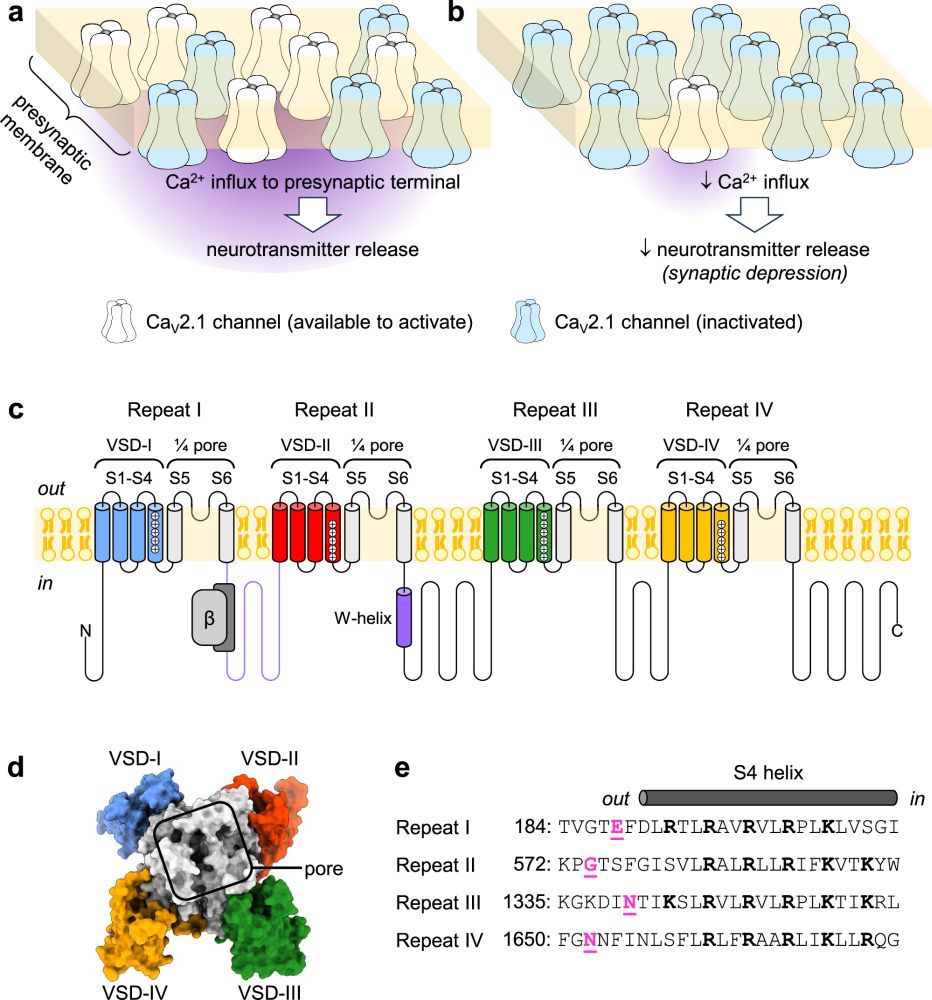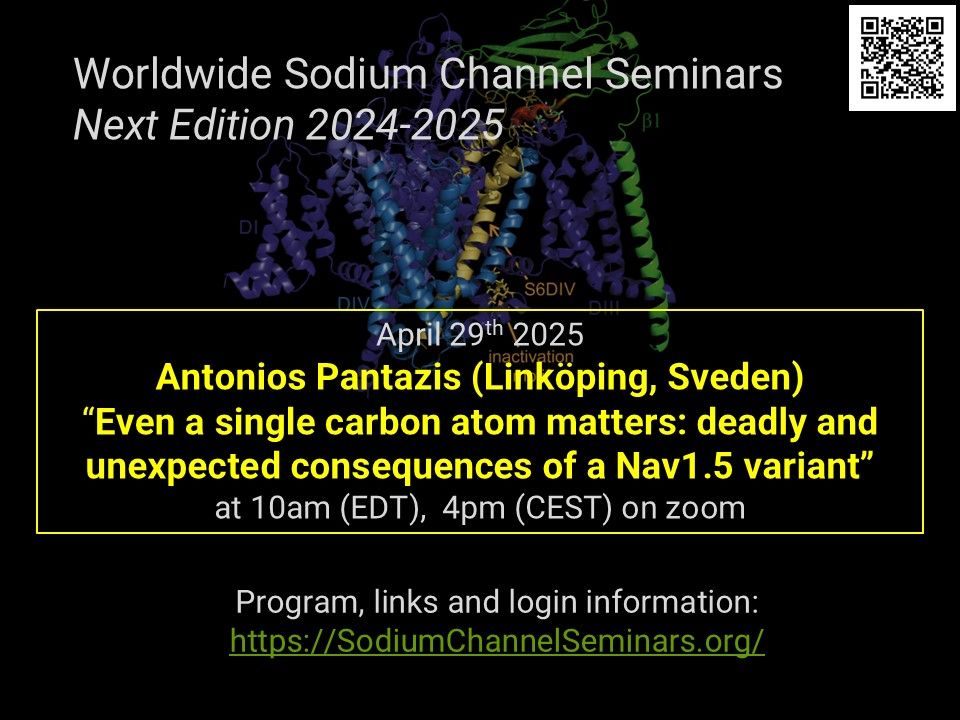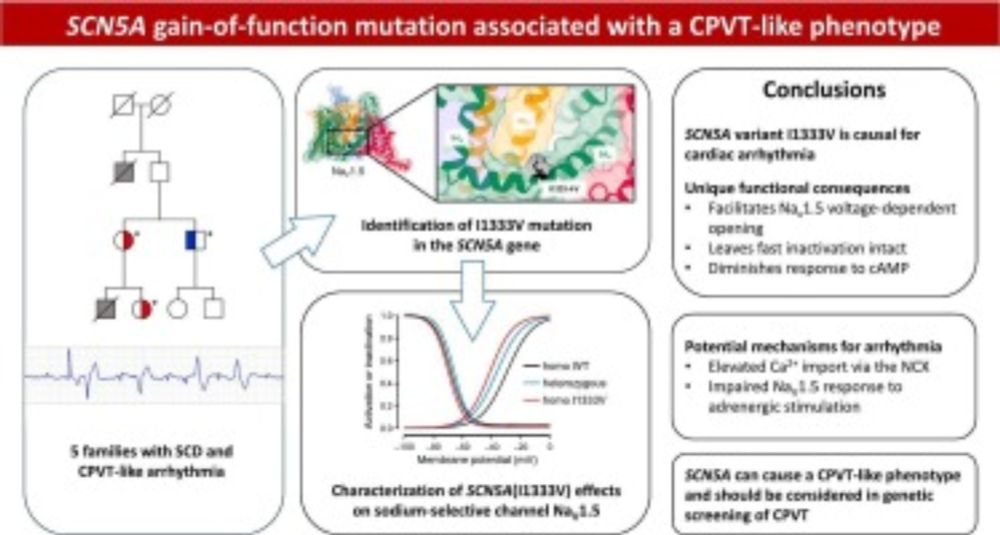Antonios Pantazis lab
@antoniospantazis.bsky.social
110 followers
180 following
14 posts
Assoc. prof. in #ionchannel physiology & #channelopathy at Linköping University. Ever excited about the proteins that control excitability.
https://liu.se/en/research/palace
Posts
Media
Videos
Starter Packs
Reposted by Antonios Pantazis lab
Reposted by Antonios Pantazis lab
Manu Ben-Johny
@manubenjohny.bsky.social
· Aug 20
Reposted by Antonios Pantazis lab
Claudio Cantù
@claudiocantu81.bsky.social
· Aug 11

SOX2 and NR2F1 coordinate the gene expression program of the early postnatal visual thalamus
Summary: The transcriptional regulators SOX2 and NR2F1 drive the development of the visual thalamus. Mutations in these genes cause visual impairment in humans.
journals.biologists.com
Reposted by Antonios Pantazis lab
Reposted by Antonios Pantazis lab
Reposted by Antonios Pantazis lab
















